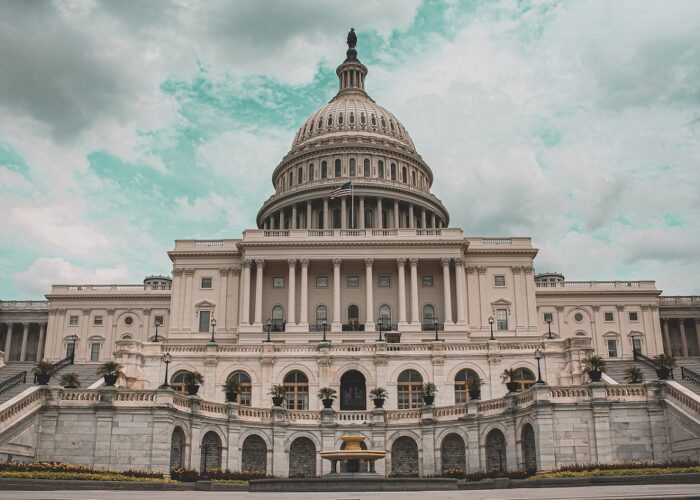India is capable of a sharp ramp up of solar deployment on a level with China's solar spike in recent years, according to a new report on India’s energy market.
The report ‘India’s Electricity Sector Transformation’ from the Institute for Energy Economics and Financial Analysis (IEEFA), a Cleveland-based researcher, and Indian energy analysis firm, Equitorials, found that as of June this year, India had 4GW of installed projects. India now has just seven years to hit its 100GW by 2022 solar target.
Unlock unlimited access for 12 whole months of distinctive global analysis
Photovoltaics International is now included.
- Regular insight and analysis of the industry’s biggest developments
- In-depth interviews with the industry’s leading figures
- Unlimited digital access to the PV Tech Power journal catalogue
- Unlimited digital access to the Photovoltaics International journal catalogue
- Access to more than 1,000 technical papers
- Discounts on Solar Media’s portfolio of events, in-person and virtual
The report said this deployment trajectory had been met with some scepticism, “even by key proponents for solar”.
However, IEEFA compared India to China, which had an impressive ramp up of solar installations between 2011-15:
- 2GW in 2011
- 5GW in 2012
- 13GW in 2013
China then raised its national target further to 17.8GW for 2015, with 5GW already installed in Q1 alone.
The report said: “A rapid ramp-up in India over several years is just as feasible.”
In light of this, IEEFA also forecast that India would install 75GW by 2021-22, an impressive figure, but still short of prime minister Narendra Modi’s oft-touted 100GW target. This level of installation would be capable of delivering 110TWh per year.
Jasmeet Khurana, senior consulting manager at analyst firm Bridge to India, told PV Tech: “We believe that not just 75GW but also 100GW is possible by 2022. However, realistically looking at various government initiatives that seem to be in the works, our estimate would be in the range of 50-60GW by 2022.”
He added: “To achieve anything beyond that, extraordinary political will and centre-state co-ordination would be required. Such an effort would include larger power sector reforms as well. It is not an easy task.”
The report said that main driver of deploying 75GW would have to be access to international finance. Fittingly, Japanese firm SoftBanks’ US$20 billion entry into the Indian solar market, with plans for 20GW of deployment, sparked a surge in foreign investments in July.
IEEFA added: “As solar becomes more and more commercially viable, the step-up in Indian investment and employment, and the benefits of energy system diversity, will only add momentum.”
On the other hand, India’s underperforming grid transmission and distribution systems and inefficient and loss-making Discoms were cited as potential bottlenecks. The lack of enforcement of the Discoms’ renewable purchase obligations (RPOs) was also cited.
Tim Buckley, director of energy finance studies at IEEFA, said: “India has opened the gates to a wave of multi-billion dollar investments in its renewable energy sector. There have been eight major deals in July alone.
“India is replicating Germany’s and China’s systematic electricity sector transformation. […] The cost effectiveness of this is accentuated by the fact that the price of solar electricity has dropped by 80% in five years.”







